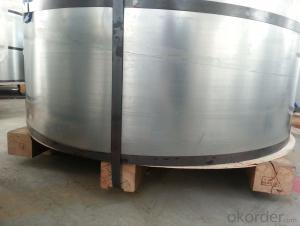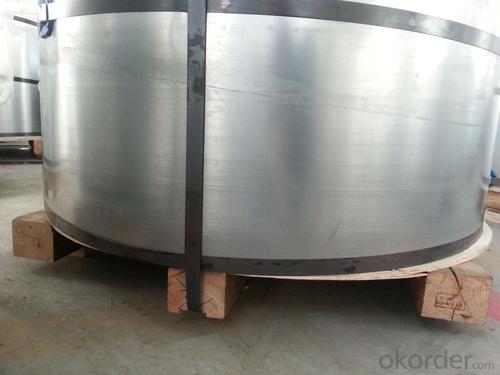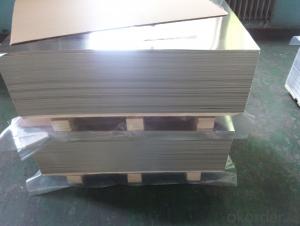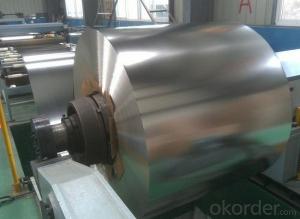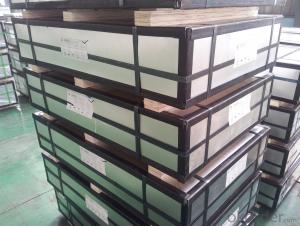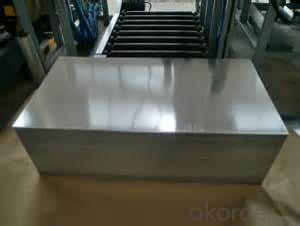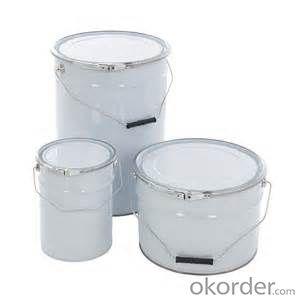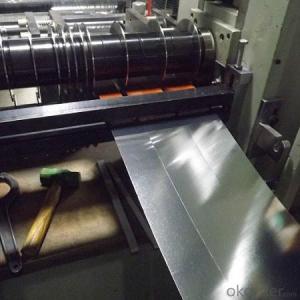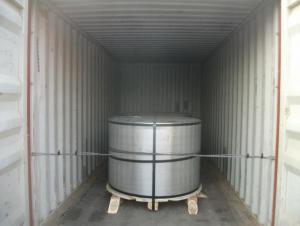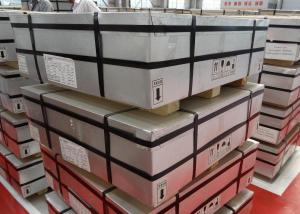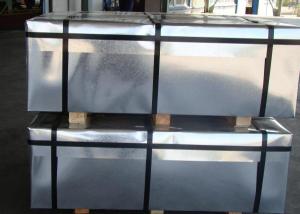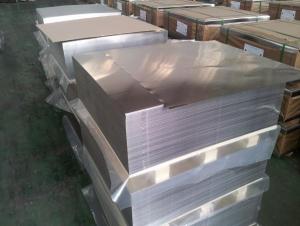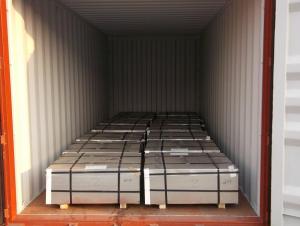High Quality of Tinplate for Paint Chemical Can
- Loading Port:
- China Main Port
- Payment Terms:
- TT OR LC
- Min Order Qty:
- -
- Supply Capability:
- -
OKorder Service Pledge
OKorder Financial Service
You Might Also Like
Our tin plate (TP) products are made by coating tin using electrolysis on the surface of thin coldrolled steel sheet (black plates), with a thickness of 0.14~0.6 mm. Its shiny surface finish, superb corrosion resistance and formability make tin plates an ideal choice for the food industry and industrial parts producers. Our tin free steel sheet (ECCS) is widely accepted as a more economical substitute for the tin coated steel. Our TP/TFS products are widely used in the production of 3-piece and 2piece (D&I, DRD) cans as well as can lids and bottoms. Our products serve a variety of purposes, including material for steel EOE, toys, and electronic parts.
Our Tinplates Specification:
Standard: ISO 11949 -1995, GB/T2520-2000,JIS G3303,ASTM A623, BS EN 10202
Material: MR,SPCC
Thickness:0.15mm - 0.50mm
Width: 600mm -1150mm
Temper: T1-T5
Annealing: BA & CA
Coil Inner Diameter: 508mm
Weight: 6-10 tons/coil 1~1.7 tons/sheets bundle
Passivation:311
Oil: DOS
Surface: Finish,bright,stone,matte,silver
Packing:
1、For sheets: plastic or waterproof paper, metallic cover and angles, steel strips,wooden pallet.
2、For Coils: plastic or waterproof paper,plastic protect plate,steel strips.
Both Prime and Second Quality Are Available!!!
- Q: What are the common applications of tinplate?
- Tinplate is commonly used for packaging food and beverages, such as cans for canned goods, metal caps for bottles, and metal containers for various products. It is also used for making aerosol cans, paint cans, and decorative tin boxes for storage purposes. Additionally, tinplate is used in the manufacturing of electronic components, automotive parts, and construction materials due to its corrosion resistance and durability.
- Q: Can tinplate packaging be used for toy products?
- Yes, tinplate packaging can be used for toy products. Tinplate packaging is often chosen for its durability and ability to protect products during transportation and storage. It can also be customized with attractive designs, making it a suitable option for toy packaging.
- Q: What are the advantages of using tinplate for pharmaceutical packaging?
- There are several advantages of using tinplate for pharmaceutical packaging. Firstly, tinplate is highly resistant to corrosion, ensuring the integrity and safety of the pharmaceutical products. Secondly, tinplate provides excellent barrier properties, protecting the contents from moisture, light, and oxygen, which can degrade the quality and efficacy of medications. Additionally, tinplate is sturdy and durable, providing adequate protection during transportation and storage. Finally, tinplate is easily recyclable, making it an environmentally friendly choice for pharmaceutical packaging.
- Q: What are the main applications of tinplate in the photography industry?
- Tinplate is commonly used in the photography industry for the production of film canisters and film backing, which are essential components for storing and protecting photographic film. Tinplate's durability, lightness, and ability to provide airtight protection make it an ideal material for these applications. Additionally, tinplate can also be used for the production of photographic chemicals and toners, ensuring their safe and efficient storage.
- Q: How is tinplate coated for furniture?
- Tinplate is coated for furniture by applying a thin layer of tin to a steel sheet through an electroplating process, forming a protective and decorative coating.
- Q: How is tinplate coated for household appliances?
- Tinplate is coated for household appliances through a process called electrolytic tinplating. The tinplate is first cleaned and then immersed in an electrolyte bath containing tin salts. An electric current is passed through the bath, causing tin ions to be deposited onto the surface of the tinplate, creating a thin layer of tin coating. This coating provides corrosion resistance and enhances the aesthetic appeal of the household appliances.
- Q: Can tinplate packaging be used for cosmetic products?
- Yes, tinplate packaging can be used for cosmetic products. Tinplate is a popular choice for packaging cosmetics due to its durability, versatility, and ability to protect the products from external factors such as moisture and light. Additionally, tinplate packaging can be easily customized and decorated, allowing for attractive and eye-catching designs to enhance the brand image of cosmetic products.
- Q: Can tinplate be used for gift packaging?
- Yes, tinplate can be used for gift packaging. It is a versatile material that offers durability and can be easily shaped into various sizes and designs. Tinplate also provides a visually appealing and premium look, making it an excellent choice for gift packaging.
- Q: What are the main regulations governing the use of tinplate in different industries?
- The main regulations governing the use of tinplate in different industries vary depending on the country or region. However, some common regulations include health and safety standards, environmental regulations, and product labeling requirements. These regulations aim to ensure the safe and responsible use of tinplate in industries such as food packaging, automotive, construction, and electronics.
- Q: Why tin tin plating?
- Tin is the famous "hardware" - one of gold, silver, copper, iron and tin. As early as in ancient times, people discovered and used tin. A number of ancient tombs in China, they often find some tin pot, like tin tin candlestick. According to research, China's Zhou Dynasty, the use of tin has been very common. In the ancient tombs of Egypt, tin articles were also found.
Send your message to us
High Quality of Tinplate for Paint Chemical Can
- Loading Port:
- China Main Port
- Payment Terms:
- TT OR LC
- Min Order Qty:
- -
- Supply Capability:
- -
OKorder Service Pledge
OKorder Financial Service
Similar products
Hot products
Hot Searches
Related keywords
